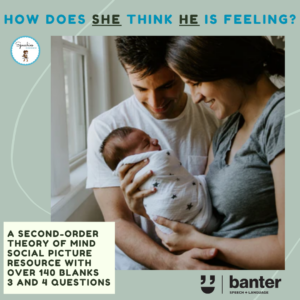(L403) Theory of Mind: How does she think he is feeling? A Second-Order Theory of Mind Picture Resource
$5.99 including GST
A Second-Order Theory of Mind (ToM) social picture resource with more than 140 Blank’s Level 3 and 4 Questions to promote the modelling and learning of social and verbal reasoning skills.
By around 7 years of age, students start to think about what others are thinking or feeling about what someone else is thinking or feeling.
We use this 21-page no-prep resource in our busy speech pathology clinic to support students with a range of different needs, including students with language and learning disorders, as well as students with Autism Spectrum Disorder (ASD). It is suitable for face-to-face and distance learning.
Description
A Second-Order Theory of Mind (ToM) social picture resource with more than 140 Blank’s Level 3 and 4 Questions to promote the modelling and learning of social and verbal reasoning skills.
As part of their social development, students learn to understand that other people have their own thoughts, wants, motives and feelings – what Professor Janet Wilde Astington calls an “understanding of people as mental beings, each with his or her mental states”.
Seeing leads to knowing. By around 7 years of age, students start to think about what others are thinking or feeling about what someone else is thinking or feeling.
Dr Marion Blank proposed four levels of abstraction, from least to most abstract:
Level 1: Directly supplied information (Matching perception)
Level 2: Classification.
Level 3: Reorganisation.
Level 4: Abstraction and Inferences.
Not all students have the ability to complete Level 3 and 4 tasks. In this resource, we target Blank’s Levels 3 and 4 language comprehension tasks, with verbal reasoning tasks that require abstract and inferential thinking.
We have used this 21-page no-prep resource in our busy speech pathology clinic to support students with a range of different needs, including students with language and learning disorders, as well as students with Autism Spectrum Disorder (ASD). This resource is also appropriate for students of all ages who are learning English as an additional language.
It is suitable for face-to-face and distance learning.
For other resources, see our:
- First-order theory of mind resource: We are all different, and like different things. That’s OK!
- Blank’s Level 4 and Theory of Mind Questions Picture Resource
- Blank’s Level 3 language resources such as: What is it? and Name something that is X that is not Y.
- Blank’s Level 4 language resources such as: What will happen if…? and How do we know…?

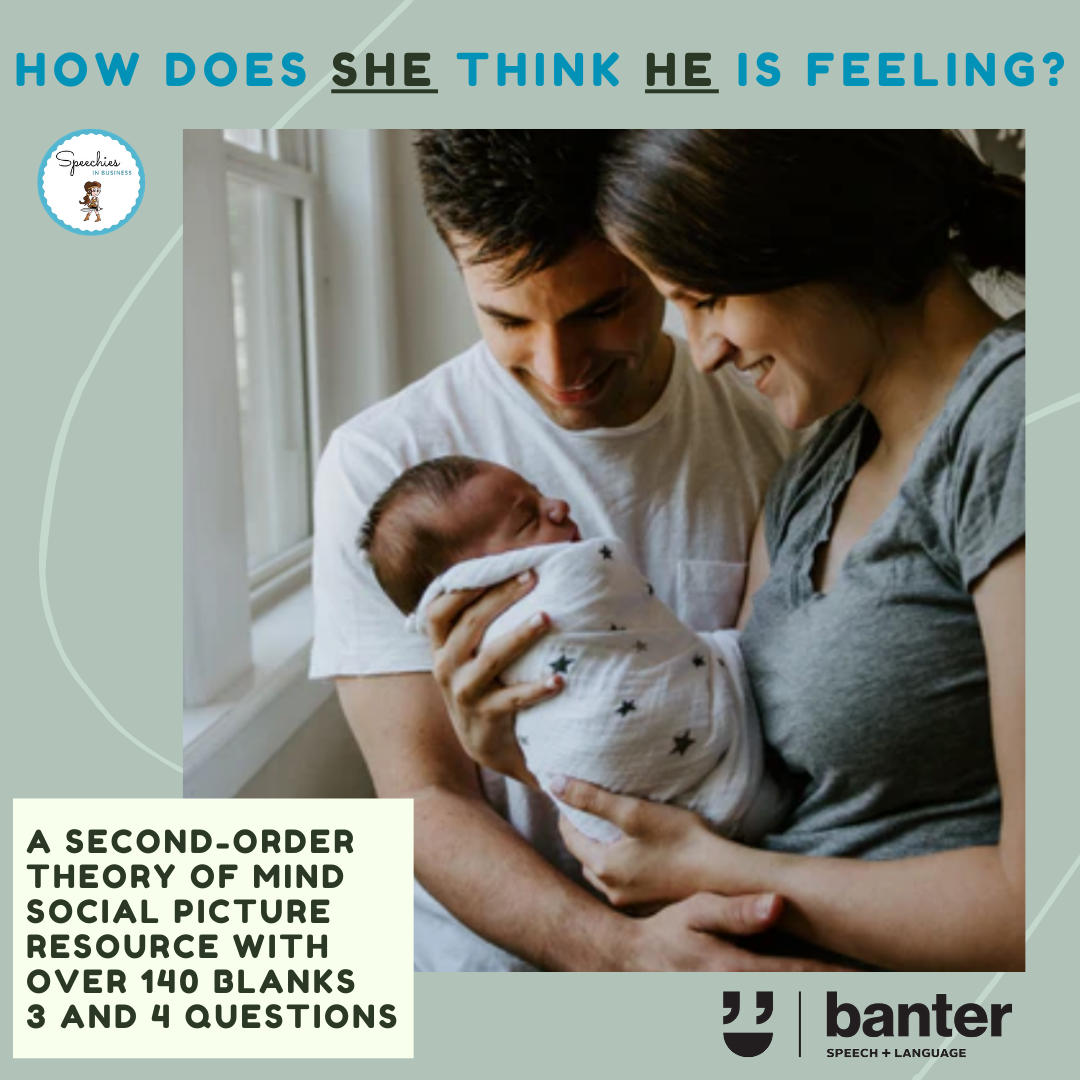




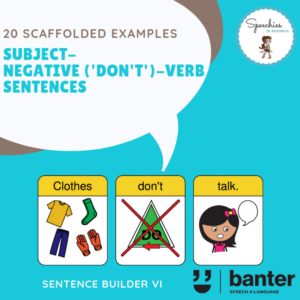
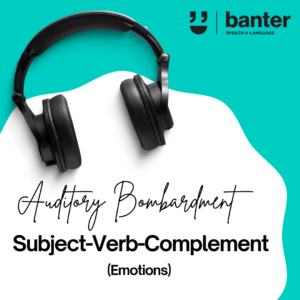
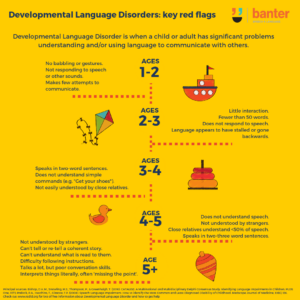
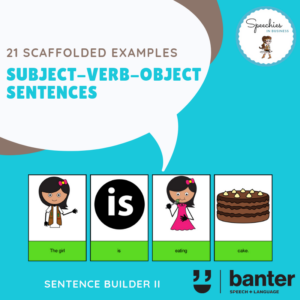
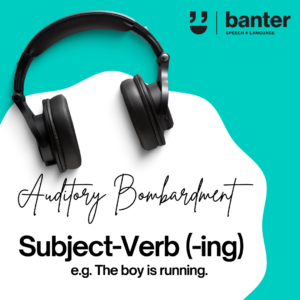 (L111) Subject-Verb (-ing) (Auditory bombardment)
(L111) Subject-Verb (-ing) (Auditory bombardment) 